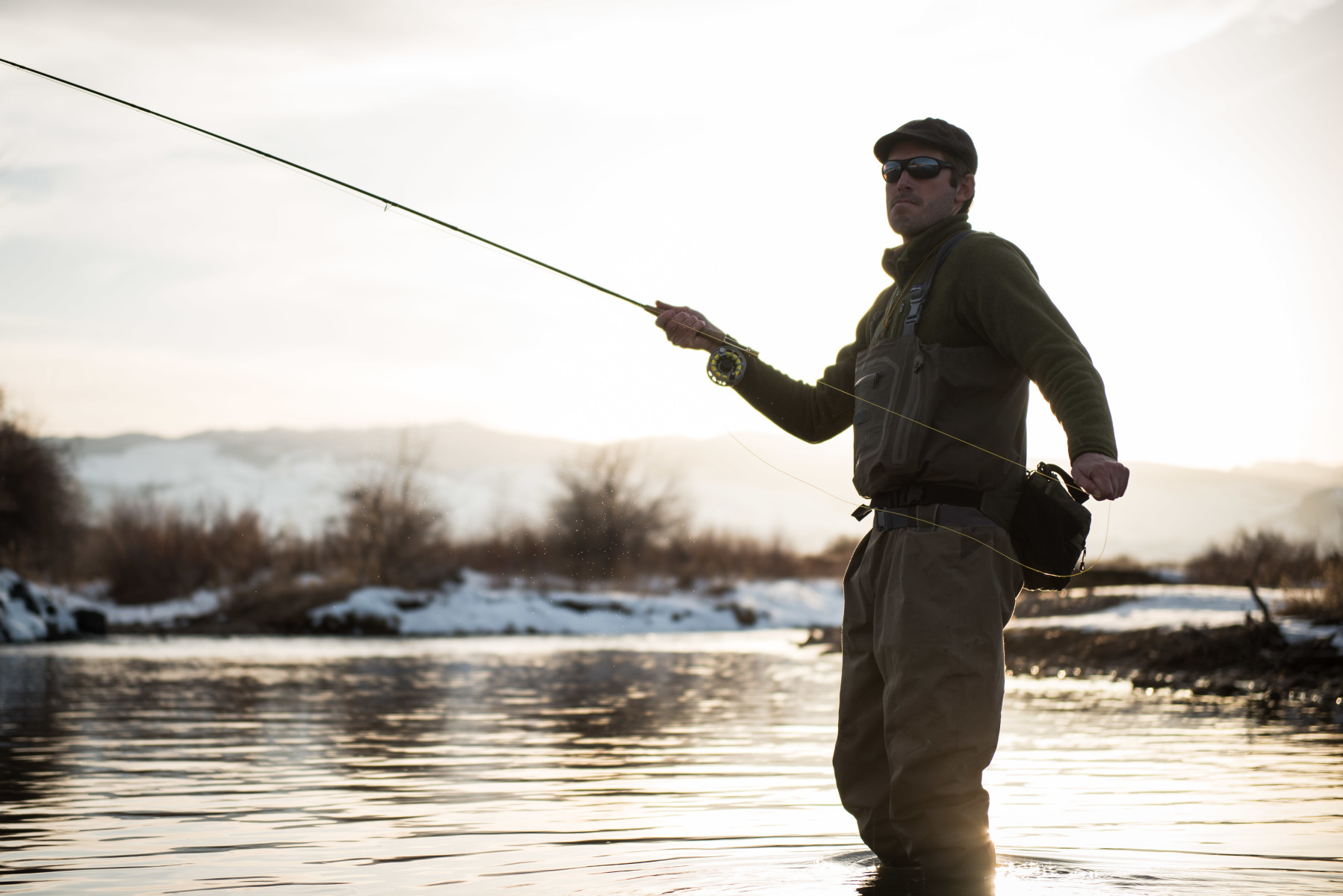Astronomical Fishing Time

The ancient Mayans used twenty day names and thirteen day numbers to define 260 unique days in each sacred round. Combined with a long count spanning the length of Time, their system was helpful in determining the appropriate dates for religious observances and, of course, divination. The Hebrew calendar is also used to position rituals in time. It tries to split the difference between a 12-cycle lunar year and a 365 day trip around the sun. At 355 days it fails at both, but you can count on it to nail Yom Kippur, every time. The Julian calendar gave us twelve months and a 365.25 day solar year before the Gregorian calendar – the one hanging on most walls – dialed that in to 365.2425 days. My wife has a Zone 4 gardening calendar. The PGA, NASCAR and Boston Symphony Orchestra each publish their own events calendar. There’s a western hatch calendar in my truck. Most folks think in terms of four seasons. Game and Fish officials have hundreds.
There are an infinite number of ways to parse and label the cyclic and unending passage of time, each more and less useful depending on what you want to do.
I’ve found though that my years are increasingly divided into two periods: the days in which there is enough daylight to fish after work, thereby enabling casual, frequent trips to the river; and the days in which there is not; thus relegating angling opportunities to the “planned event” category. There isn’t any day, week, month or number ascribed to the transition point, just a moment, standing in the stream, with the low evening sun on my face, when I realize with an “oh right… I can do this a lot more now”, that the world is good.
I’m not sure what that says about my view of the universe, or my goals in life, but as calendars go, its suits me just fine.

